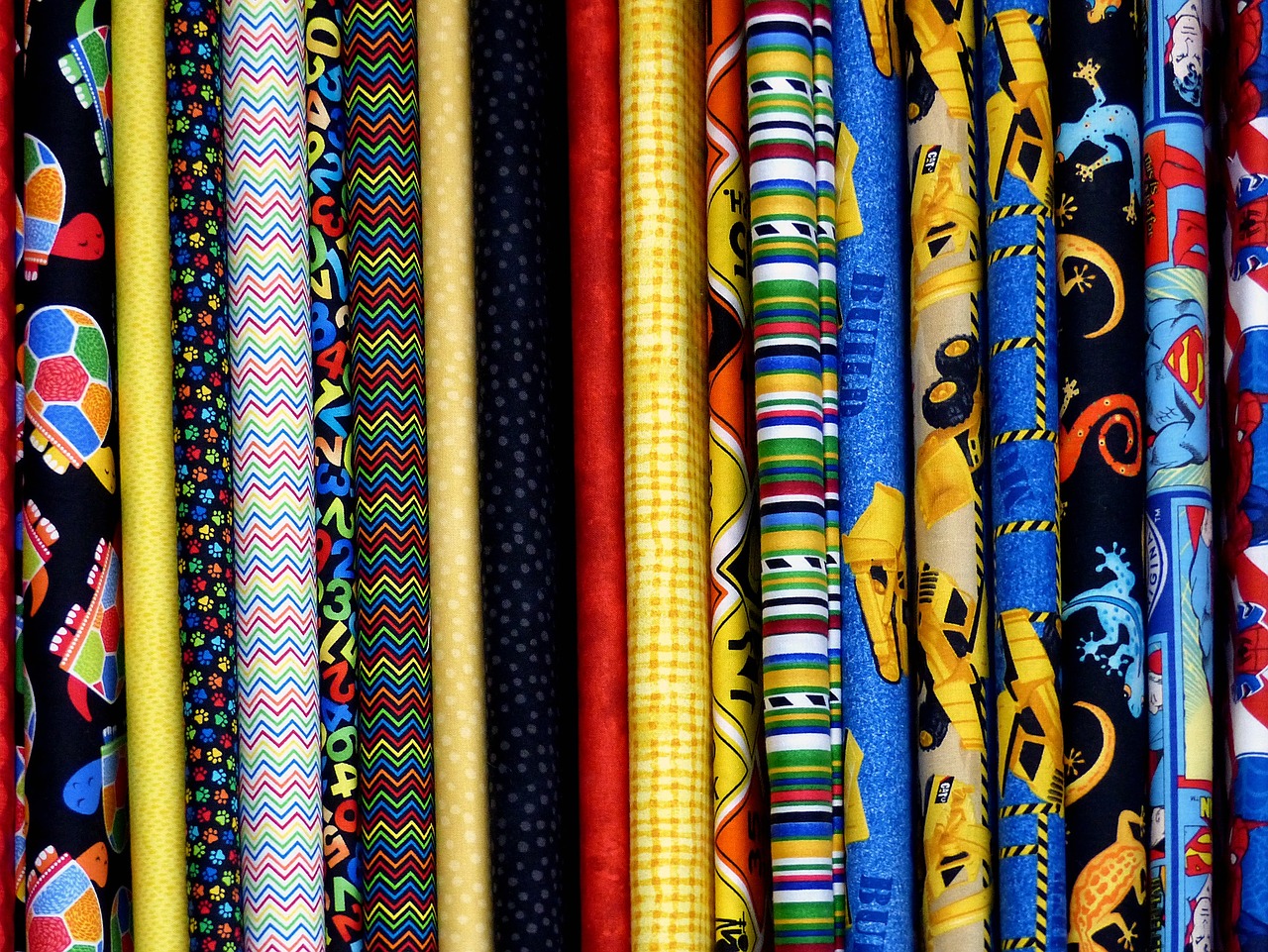
18 Jul Hey, independent designer! Here’s how major companies won’t steal your designs.
I’ve met a whole lot of designers over the years, and while your tastes may differ greatly, you all agree on this one thing: it’s no use fighting the big sharks once they’ve decided to poach your design. Well, you’re wrong. Being copied as a designer has become more common than ever, but how do you prevent a company from stealing your designs?
Last week, I met lots of you designers at the Premiere Vision fair in Paris. I took advantage of your large numbers to do a little survey and asked you all the same question: do you protect your textile designs? ‘Of course!’, you all said. And when I asked just how you went about doing that, I was rather impressed with your answers.
Of course, there’s no sense in going into a legal battle with whoever has decided to boldly copy-paste your work if the only proof you have is the file creation date on your computer. No judge will ever accept such flimsy data as official proof. Of course: the big guys’ legal department knows that all too well. So what do you do if you don’t have the money to fight them and you don’t have the proof? Make some fresh coffee and move on.
The invoice fable
‘Wait!’, some of you have exclaimed. Because what about the invoice? One might argue that the invoice that is drafted the moment a design is sold can be used as proof in a court of law. The invoice states that the buyer is the rightful owner of said design and that this design existed at the time the invoice was drafted.
But let’s be realistic. Between the moment you’ve come up with a beautiful design and the moment it is sold, chances are you’ve lugged it around in your portfolio to two, maybe three fairs. You’ve shown it to customers, fellow designers, people from all over the world. Pause. See where I’m headed?
So yes, there’s a good chance that your creation was copied between the date it was created and the date it was sold, without you even knowing about it. Which raises the next problem: what happens when two designers sell exactly the same design to two customers in the same industry?
Don’t let the tables turn on you
In the case sketched above, the real issue is this: who is accountable for the inflicted copyright infringement? Is it the original designer of the design or the one who copied it? In a fair world populated with unicorns, the latter would be accountable and tried for infringement. In this world, though, the one who sold the design last will be the one holding the shortest straw.
In other words: as a designer, you run the risk of being convicted of copyright infringement and could be ordered to pay a significant fine for a design that you yourself have created. Yes, you are reading this right: in theory, a designer who copied your design would be able to attack you in court for copyright infringement. Absurd, but true.
But what if you did have legal proof? What if you could flaunt an official document stating your design existed at a certain moment in time and the bad guys couldn’t? Introducing Drawy, the platform that bridges the gap by providing legal proof of existence at the moment your design is created.
So how about you try us out? It’s free!




